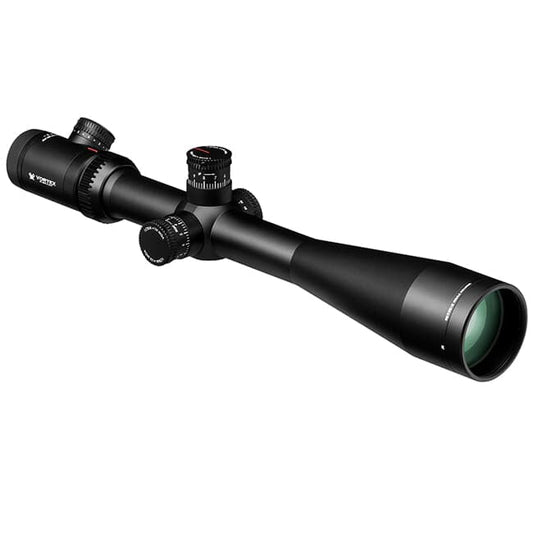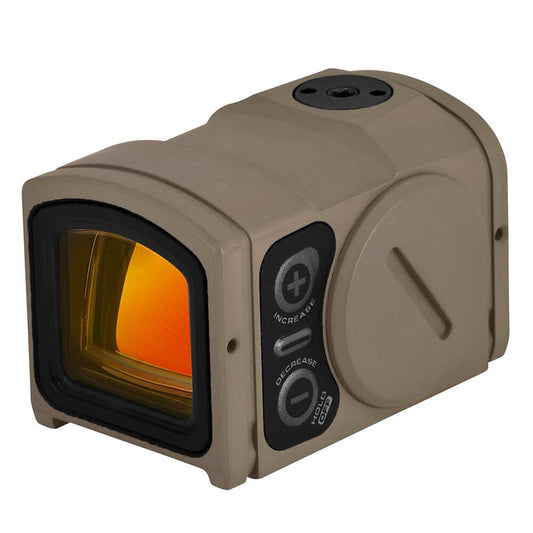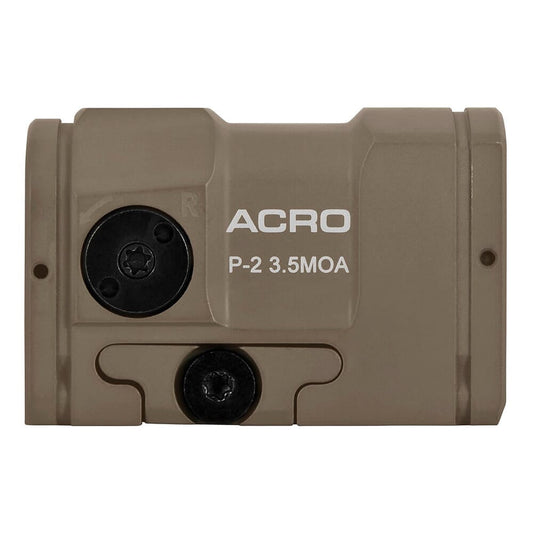10MM Vs 45 ACP: Battle of Big-Bore Bullets
The 10mm vs. 45 ACP debate is a clash of titans in the big-bore handgun world. Both cartridges offer distinct advantages: 10mm boasts higher velocity and energy, while 45 ACP delivers a larger wound channel. I've found that 10mm excels in versatility, suitable for hunting and long-range shooting, whereas 45 ACP shines in close-quarters defense.
Recoil is more pronounced with 10mm, but 45 ACP provides a manageable "push." Ammunition availability and cost favor 45 ACP, though 10mm is gaining ground. Ultimately, the choice depends on individual needs and shooting preferences. Diving deeper into the specifics of each cartridge reveals their true strengths and limitations.
Key Takeaways
- 10mm offers higher velocity and energy, while 45 ACP provides a larger wound channel for stopping power.
- 45 ACP has less recoil and muzzle rise, making it easier to control for most shooters.
- 10mm is more versatile for hunting and wilderness defense, while 45 ACP excels in close-quarters self-defense.
- 45 ACP ammunition is generally more affordable and widely available compared to 10mm.
- Both cartridges are available in various pistol designs, with 45 ACP having a broader selection of firearms.
Historical Development
The genesis of the 45 ACP and 10mm cartridges highlights their divergent paths in firearms history, with the former's century-long legacy contrasting sharply against the latter's more recent development.
I find it fascinating that John Browning created the 45 ACP in 1904, establishing its dominance in military and law enforcement circles for decades. Its versatility and continued production by major manufacturers underscore its enduring appeal.
In contrast, the 10mm's birth in 1983, pioneered by Jeff Cooper and Norma, represents a more modern approach to handgun cartridge design. Its association with the Bren Ten pistol and subsequent FBI adoption, albeit brief, showcases its potential.
Despite initial setbacks, I've observed the 10mm's resurgence in popularity, particularly with the availability of powerful loads. This revival has reignited the debate between these two formidable cartridges.
Cartridge Specifications
Diving into the cartridge specifications reveals stark contrasts between the 10mm and 45 ACP, with notable differences in bullet diameter, case length, overall length, and maximum pressure.
I'll break down these key differences:
The 10mm sports a .4-inch bullet diameter, while the 45 ACP is slightly larger at .451 inches. Case length favors the 10mm at 0.992 inches, compared to the 45 ACP's 0.898 inches. Overall length is nearly identical, with the 45 ACP edging out at 1.275 inches versus the 10mm's 1.26 inches.
The most significant difference lies in maximum pressure. The 10mm operates at a substantially higher 33,000 PSI, while the 45 ACP maxes out at 19,000 PSI. This pressure disparity translates to divergent ballistic performances, influencing factors like muzzle velocity, energy, and recoil.
Ballistic Performance
Analyzing ballistic performance reveals significant disparities between the 10mm and 45 ACP cartridges, with each offering distinct advantages in various shooting scenarios. I've found that the 10mm consistently delivers higher energy levels and muzzle velocity, making it more suitable for longer-range engagements and penetration through barriers.
However, the 45 ACP's larger projectile diameter provides a greater wound channel, potentially increasing its stopping power in close-quarter situations.
In my experience, shot placement remains critical for both cartridges, but the 10mm's higher pressures typically result in increased recoil and muzzle rise. This can affect follow-up shot accuracy, especially for less experienced shooters.
Conversely, I've observed that the 45 ACP's lower pressure loads often allow for quicker target reacquisition. When suppressed, the 45 ACP's subsonic velocities offer a notable advantage over the typically supersonic 10mm rounds.
Firearm Compatibility
Beyond ballistic considerations, firearm compatibility plays a significant role in the 10mm vs 45 ACP debate, with each cartridge offering unique advantages and limitations regarding platform options.
I've found that 45 ACP has a broader range of compatible firearms, including many classic designs like the 1911 and modern polymer-framed pistols. It's also more common in compact and subcompact models.
In contrast, 10mm options are more limited but growing, with Glock leading the charge in offering multiple models. I've noticed that 10mm pistols often require beefier frames to handle the cartridge's higher pressures, potentially impacting concealability. However, 10mm's power has made it popular in some hunting revolvers and carbines.
Both cartridges can be found in 1911-style pistols, offering a familiar platform for enthusiasts of either caliber.
Recoil and Shootability
Recoil and shootability represent important factors in the 10mm vs 45 ACP debate, with each cartridge exhibiting distinct characteristics that impact user experience and accuracy.
I've found that the 10mm, with its higher pressure and energy, typically produces more felt recoil and muzzle rise than the 45 ACP. This can affect follow-up shots and overall control, especially for less experienced shooters. However, the 45 ACP's lower velocity and larger bullet diameter can create a 'push' sensation that some find more manageable.
I've observed that firearm design plays a vital role in mitigating recoil. Heavier pistols and those with advanced recoil systems can tame the 10mm's snappier recoil, while lighter 45 ACP handguns may feel more challenging to control.
Ultimately, I've concluded that individual shooter preference, training, and firearm selection significantly influence the perceived shootability of these powerful cartridges.
Practical Applications
I've explored the practical applications of both the 10mm and 45 ACP cartridges, examining their suitability for various shooting scenarios and end-user requirements.
The 45 ACP excels in close-quarters self-defense situations, offering substantial stopping power with less overpenetration risk. It's also a preferred choice for suppressed use due to its subsonic velocities.
The 10mm, with its higher velocities and energy, proves more versatile for hunting medium game and wilderness defense against predators.
For law enforcement and military applications, the 45 ACP's proven track record and lower recoil make it a reliable option. However, the 10mm's superior barrier penetration and extended effective range offer advantages in certain tactical scenarios.
Both cartridges perform well in competition shooting, with the 45 ACP favored in some divisions due to its softer recoil and faster follow-up shots.
Ammunition Availability
The availability of ammunition plays a crucial role in the practical adoption and sustained use of any firearm cartridge, with the 45 ACP historically enjoying broader market presence compared to the 10mm. I've observed that 45 ACP's long-standing popularity has ensured consistent production by major manufacturers, resulting in a wider variety and lower costs.
In contrast, 10mm's availability has fluctuated, with periods of scarcity followed by recent resurgence. I've found that while both cartridges are now readily accessible, 45 ACP still maintains an edge regarding options and price point. Local gun stores typically stock more 45 ACP varieties, whereas 10mm often requires online ordering for specialized loads.
However, I've noticed an increasing trend of manufacturers expanding their 10mm offerings, potentially narrowing this gap. Ultimately, ammunition availability shouldn't be a decisive factor for most shooters, as both cartridges are sufficiently supported in today's market.
Cost Considerations
When evaluating the financial aspects of 10mm versus 45 ACP, it's important to take into account both the initial and long-term costs associated with each cartridge. I've found that 45 ACP tends to be more affordable due to its widespread production and availability. However, the 10mm's higher performance comes at a premium.
Here's a comparative cost analysis:
| Cost Factor | 45 ACP | 10mm |
|---|---|---|
| Practice Ammo | $0.30-$0.50/rd | $0.50-$0.80/rd |
| Defense Ammo | $1.00-$1.50/rd | $1.30-$2.00/rd |
| Brass (reloading) | $0.10-$0.15/pc | $0.15-$0.25/pc |
| Powder Usage | 5-7 grains | 8-10 grains |
| Barrel Wear | Moderate | Higher |
These figures illustrate the economic trade-offs between the two cartridges. While 45 ACP is more budget-friendly, the 10mm's superior ballistics may warrant its higher cost for some shooters. Ultimately, the choice depends on individual priorities and shooting habits.
Suppressor Use
Suppressor performance differs significantly between 10mm and 45 ACP cartridges, with distinct advantages and considerations for each caliber in noise reduction applications.
I've found that 45 ACP's inherent subsonic velocity makes it an excellent choice for suppressed shooting. The larger bullet diameter and lower pressure of 45 ACP contribute to more efficient sound suppression compared to 10mm.
In contrast, 10mm's higher pressure and velocity often result in a supersonic crack, reducing suppressor effectiveness. However, I've observed that specialized subsonic 10mm loads can mitigate this issue. When suppressing 10mm, I've noticed increased back pressure and faster carbon buildup in the suppressor due to higher operating pressures.
Ultimately, while both calibers can be suppressed, 45 ACP offers superior noise reduction and less wear on suppressors, making it my preferred choice for quiet shooting scenarios.
Popular Pistol Models
Among the most prominent handguns chambered for 10mm and 45 ACP, I've identified several models that consistently dominate the market and user preferences.
For 10mm, the Glock 20 and 29 stand out, offering reliability and high capacity. The Colt Delta Elite, a 1911-style pistol, remains a classic choice.
In the 45 ACP domain, the iconic 1911 platform, available from numerous manufacturers, continues to reign supreme. Glock's models 21 and 30 provide modern polymer-framed alternatives. SIG Sauer's P220 and P227 offer additional high-quality options. The Smith & Wesson M&P45 and HK USP 45 round out the list of popular 45 ACP pistols.
These models represent a diverse range of designs, from traditional all-metal construction to modern polymer frames, catering to various shooter preferences and needs.
Frequently Asked Questions
Which Cartridge Is Better for Home Defense: 10MM or 45 Acp?
I'd recommend the 45 ACP for home defense. It offers lower overpenetration risk, reduced muzzle flash, and manageable recoil. Its larger diameter provides effective stopping power, while lower pressure suits compact firearms typically used in home protection scenarios.
Can 10MM and 45 ACP Be Used Interchangeably in the Same Firearm?
No, I can't use 10mm and 45 ACP interchangeably in the same firearm. They have different bullet diameters, case lengths, and pressures. Using the wrong cartridge could result in catastrophic failure and potential injury to the shooter.
How Do 10MM and 45 ACP Compare in Terms of Penetration?
I find that 10mm usually offers better penetration due to its higher velocity and pressure. However, 45 ACP's larger diameter can create a wider wound channel. Bullet design and weight also greatly influence penetration performance for both cartridges.
Which Cartridge Is More Suitable for Hunting Small to Medium Game?
I'd recommend the 10mm for hunting small to medium game. It offers superior ballistic performance, higher muzzle energy, and better penetration. Its flatter trajectory and increased velocity make it more effective at longer ranges than the 45 ACP.
Are There Any Significant Differences in Longevity Between 10MM and 45 ACP Firearms?
I don't observe significant longevity differences between 10mm and .45 ACP firearms. Both cartridges' pressures are within standard design parameters. Proper maintenance and quality manufacturing are more important factors in determining a firearm's lifespan than cartridge choice.
Conclusion
I've examined the 10mm and 45 ACP cartridges in depth, analyzing their specifications, ballistics, and practical applications.
While both offer significant stopping power, the 10mm's higher velocity and energy give it an edge in some scenarios.
However, the 45 ACP's lower recoil and wider availability can't be discounted.
Ultimately, the choice between these big-bore bullets depends on the shooter's specific needs, firearm compatibility, and personal preferences.
Each cartridge has its merits in the ongoing debate.







